Summary: Argis® Solutions, Inc. is an Esri business partner using ArcGIS, CAD, and their own Augmented Reality (AR) software to deliver business value by enabling the use of geospatial applications and data in the field. Argis recently helped the Silver Lake Construction Company of Las Vegas, NV, to improve the accuracy of their residential construction projects through a combination of AR, CAD, GIS, and photos of fruit.
When Brady Hustad, President of Argis Solutions, was at a construction technology conference to promote his augmented reality (AR) technology product, he never thought that he’d end up using photos of fruit to help deliver a project.
Brett Willis, President of Silver Lake Construction from Las Vegas, NV, was attending the conference and asking around about tools for more accurate construction. Specifically, Brett was interested in a solution that could help his construction crew to dig foundation cuts on bare-earth plots with better than two-inch accuracy.
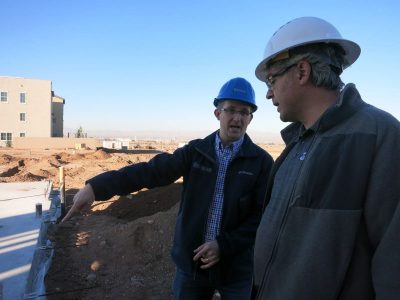
Today’s Residential Construction Workflow
Silver Lake is in the business of residential foundation construction. Typical jobs may take two weeks to process a dozen or more houses at once, and Silver Lake’s teams, the first on site, will have 250 construction workers depending on the number of foundations. These teams participate in a tightly choreographed sequence involving layout, digging the foundation, digging utilities, laying concrete, and prepping for framing and finishing.
The conventional process for foundation teams involves spray cans and tape measures. Before the Silver Lake crew even starts, a survey company measures the lot and sets the survey point stake. Underground utilities are also surveyed and marked. A Silver Lake crew member sets additional stakes based upon reading numbers and meticulous measurements from CAD diagrams using a clipboard and paper. Numerous tape measures are laid out to transcribe the dimensions of the foundation onto the ground. When the crew believes the tape measures are in the right place, they spray paint the edges of the diagram on the ground using the tape measures as guides. Once marked, the excavation team uses the paint lines to start digging. During this process, dozens of workers may be walking the plots, wind may be blowing, and other environmental conditions may pose a risk of disturbing the layout.
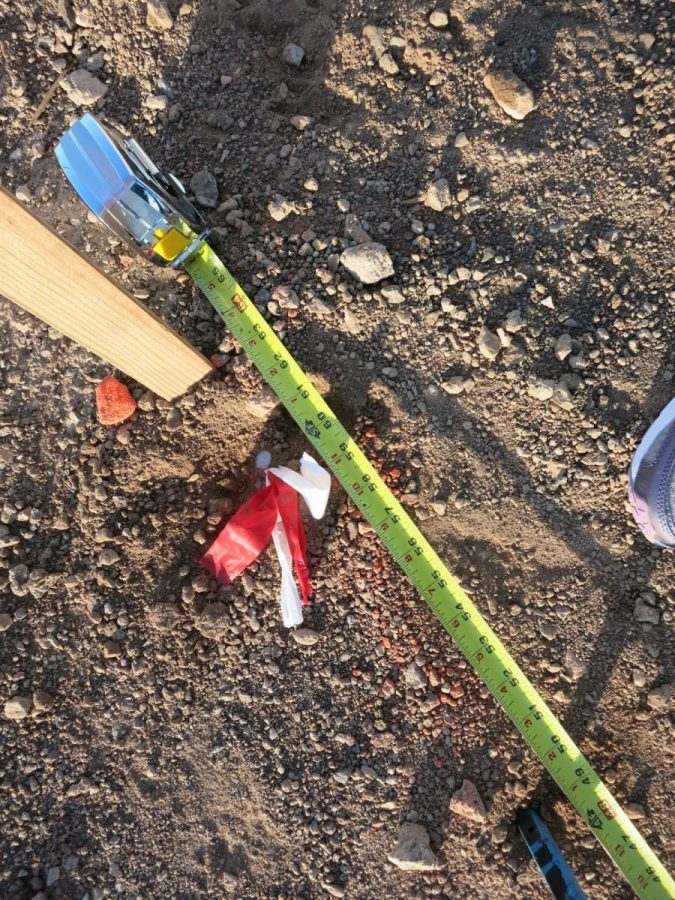
Mistakes Are Costly
When a mistake occurs, delay cascades down the whole chain of teams. Mistakes are often subtle but critical. Minor changes may be made to 4-5 different plans within a planned subdivision based on presold layouts or preplanned spec variation. Misreadings or not noticing a different garage size, reverse plan, additional porch, or other adjustment to the footprint of the foundation are severe issues. In these cases, the company at fault is forced to break up the concrete and relay the house.
Brett approached Brady, proposing that if Brady could help put the actual CAD file on the ground, then the team can know exactly what is supposed to go on a particular parcel and where it should go. Because of the requirements of the type of home construction that Brett’s teams support, he also specified that Brady would need to help him get within two-inch accuracy.
Getting Below 2”
Brady has been working in GIS for 20 years and has been working with geospatial-related AR solutions for over 5 years, including founding Argis Solutions to build AR products such as the Argis Lens. The Lens product enables customers to project feature services in real time, such as those that can be created from imported CAD data, as an overlay onto the real world using an iPad on the job site. Brady knew that with his AR solution they could achieve sub two-inch accuracy if they could use markers around the construction site.
After some discussion, Argis kicked off a project with Silver Lake in which Brady’s team introduced a modification to the Argis Lens solution to accommodate the integration of marker-based, high-precision location with GIS content. For other applications, the Argis Lens uses onboard GPS in devices or paired GPS units to achieve adequate accuracy. For this project, Brady really needed to help Brett’s team achieve their necessary accuracy, and they could not do so with only GPS on the devices their customers would be using.
Brady’s team worked with the Silver Lake Construction crew to affix complex images, photos of fruit, on stakes to mark known locations on the construction site. After some trial and error it was determined that larger images were required for staff who would be farther from a marker, such as an operator on a backhoe. Using the framework originally built to support the Argis Lens, a new application called ARCAD has been created which uses computer vision (CV) capability to recognize markers, anchor the precise geospatial location, and then to project the plan for the home onto the ground.
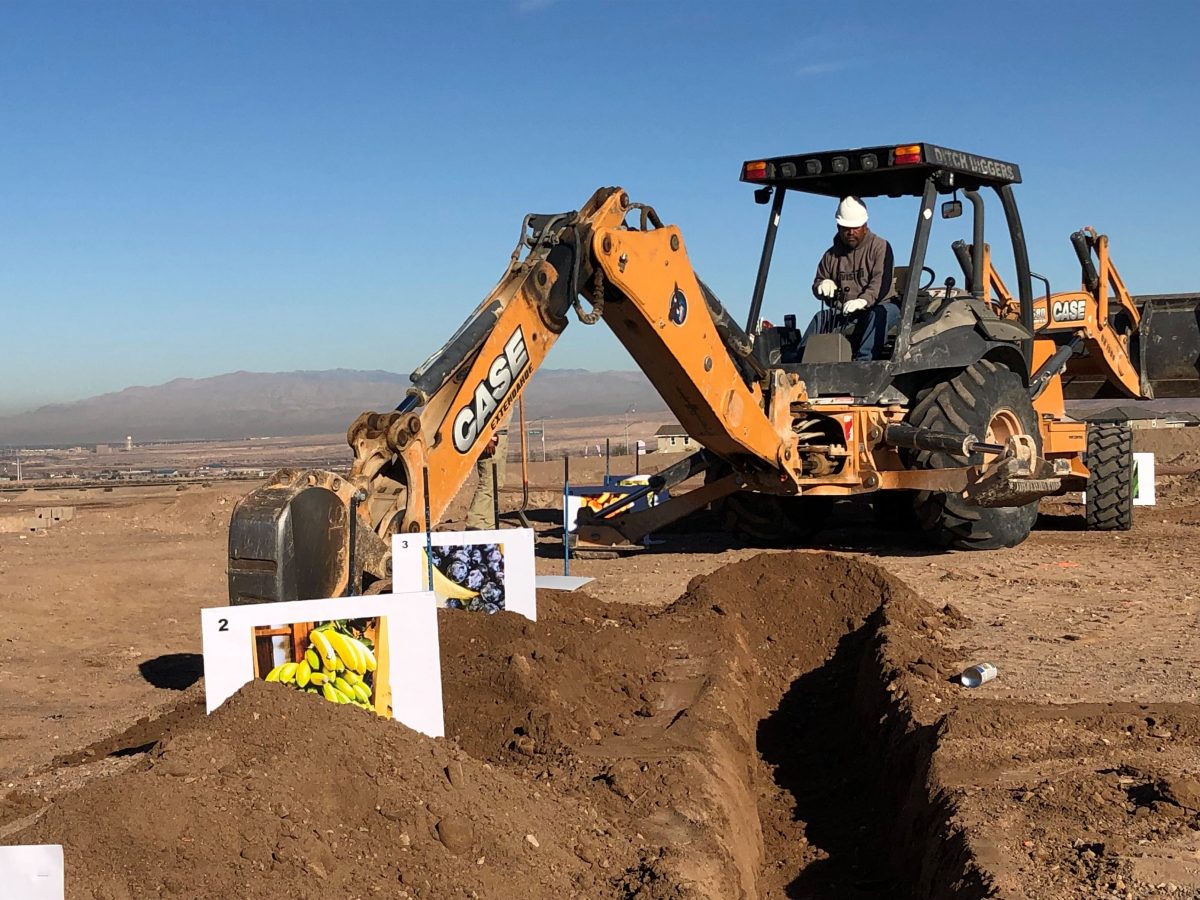
A BIM Workflow for Everyday Construction
I spend a lot of time writing and working on technologies to integrate Building Information Modeling (BIM) and GIS. When I heard the Silver Lake story, I immediately recognized that Argis is helping customers in a type of BIM workflow that impacts thousands of homeowners and homebuilders every day around the world. Much of the Silver Lake problem set and workflow reflects the same basic elements of high-end design and construction that occur for massive monolithic construction projects. In this case, Brady tells me, “These customers don’t want a drawing of a manhole or a 3D image of the basement. They want the edges of the foundation marked because that’s what they have to work to.”
To bring together the construction and the GIS world in projects such as this, Argis takes CAD files, georeferences them, and then serves them out using ArcGIS Online or ArcGIS Enterprise. Argis has a patented framework that does the translation from ArcGIS to AR to project the GIS feature content into the ‘real world’ by combining the camera image on the device with the GIS content.
For the Silver Lake project, Argis adapted their standard front-end GPS Lens app to create a workflow that enables the device to anchor to specific markers and then to use subsequent pictures to maintain alignment. The workflow is currently being used in the field with some final tweaks going into testing the optimal frequency and layout of marker images.
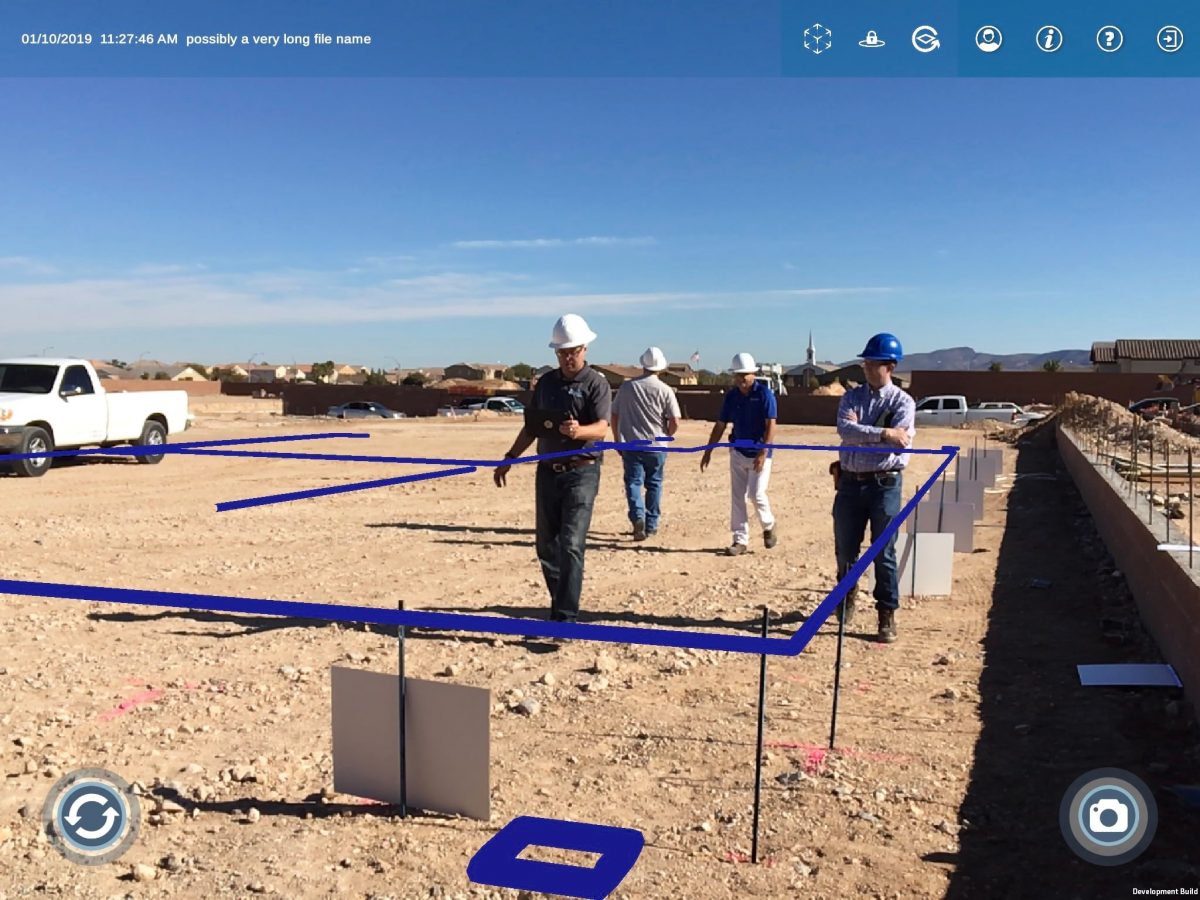
Was using AR for residential construction successful?
Working with Argis, Silver Lake Construction realized that they can transition to a new workflow in which they can cut foundations using heavy equipment with better than two-inch accuracy and without paint lines on the ground. The marker, who previously walked around with a spray can, now uses an iPad. He measures out the stakes and puts pictures on the stakes. He uses the pictures and stakes to measure out corners. Once the position is verified, the stakes stay in place and each team then follows with their own pictures, affixing them to stakes to guide their part of the process.
After working with the Argis Lens solution, one of their field crew asked, “Why didn’t we have this before?”
For Brady, his goal has been to move the executive customers past the flash and sexiness of AR, getting them to realize that AR is practical, affordable, and able to provide the most valuable use to workers in the field. Based upon the feedback from the Silver Lake Construction crew, Brady feels that he met his goal.
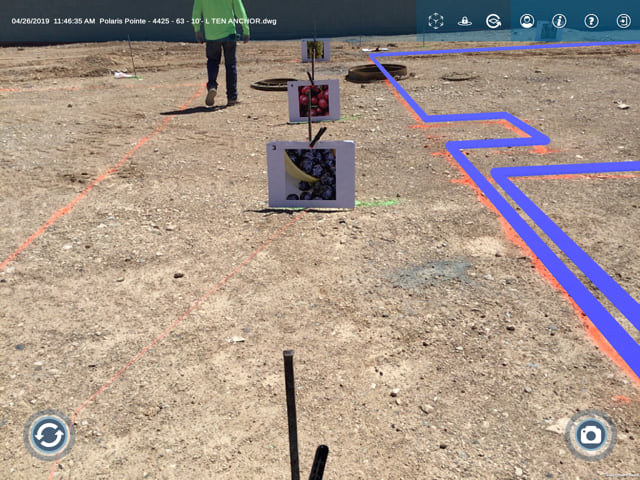
Author’s note and acknowledgements: As a product manager driving 3D, BIM, and other related software efforts at Esri, I’m always looking for applications of geospatial technology that can improve the lives of real users. We get asked about AR a ton and whether through partner apps, such as Argis Solutions, or through development using our ArcGIS Runtime SDKs, it’s great to be able to report that real partners and customers are building AR applications that are transforming the experience of GIS in the field. I expect to see much more like this in the future.
Thank you very much to Argis Solutions, Inc. and Silver Lake Construction Company for providing interviews and images to tell this story.

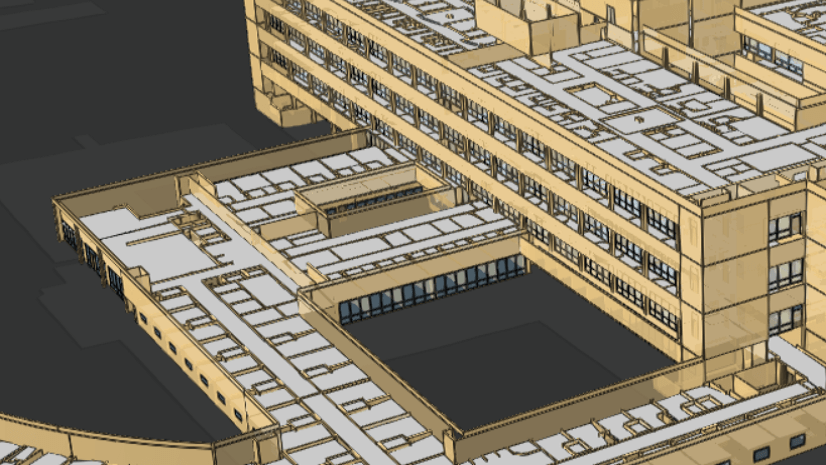

Commenting is not enabled for this article.